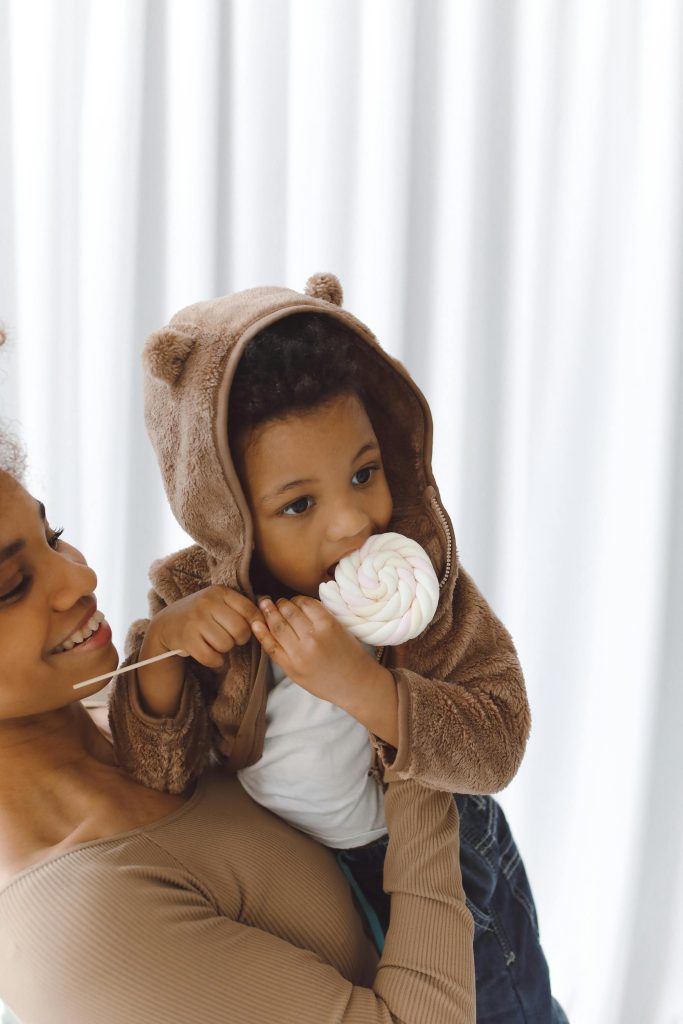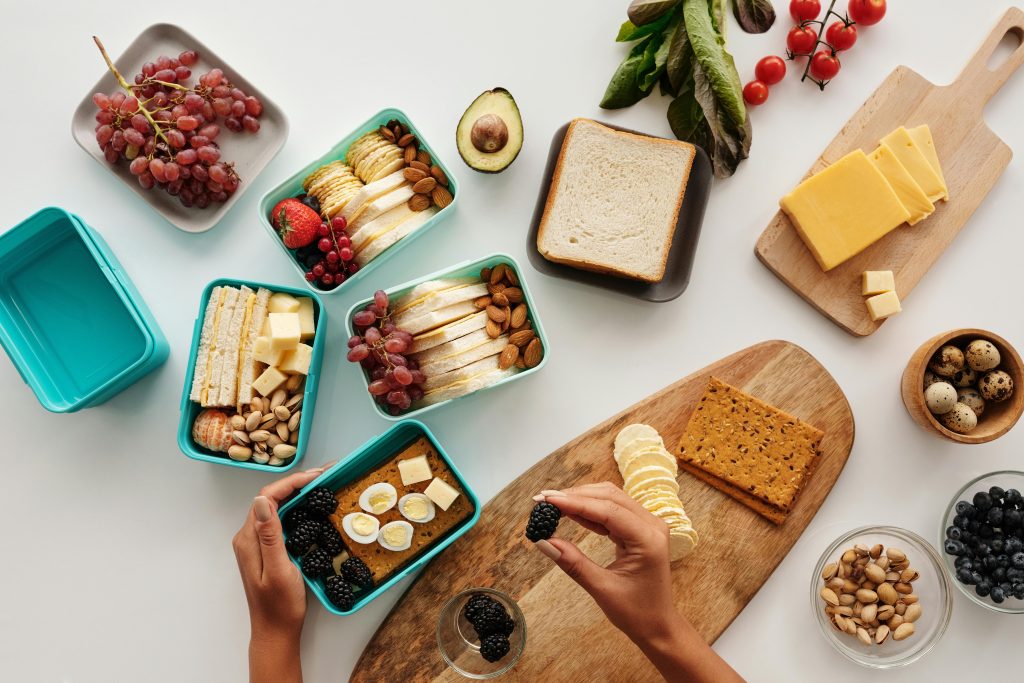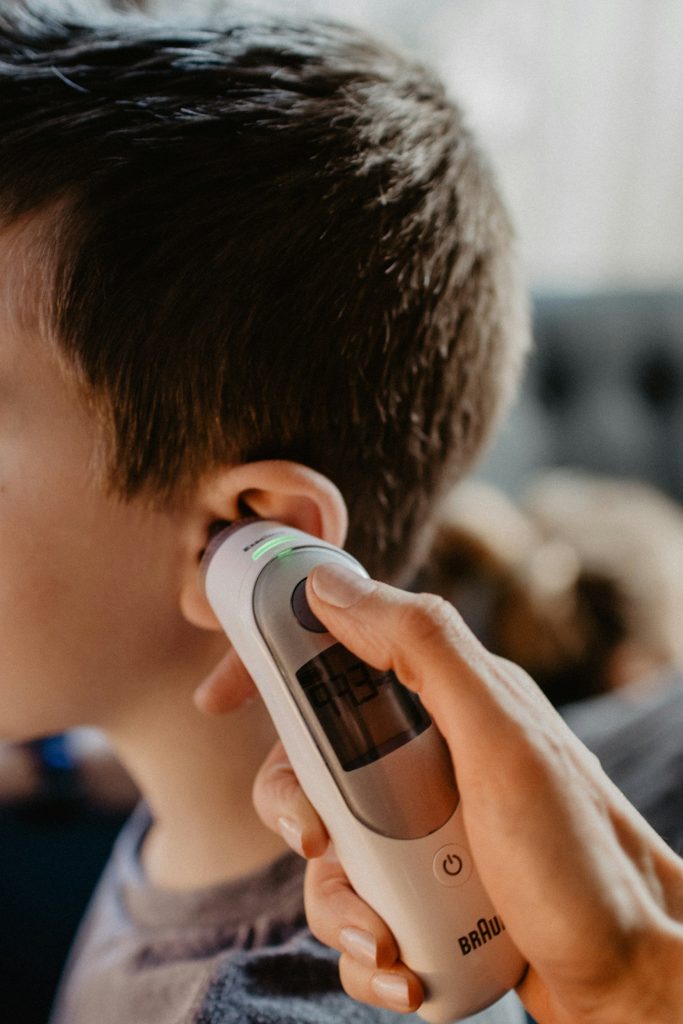As therapists working in feeding, we get this question a lot. Unfortunately, the answer is not straight forward. Just like adults, every child’s needs are unique and this is based on differences in metabolism and ultimately, our genetics. What we at Nurture Feeding aim to share with our families is how to recognize your child’s hunger and fullness cues by following a responsive feeding method and this can be taught by understanding the Division or Responsibility.
What is the Division of Responsibility?
The Division of Responsibility is a concept created by Registered Dietitian and Family Therapist, Ellyn Satter. It essentially outlines the roles of both the parent and child at mealtimes. When followed, this method can be a total game changer to take the pressure off of feeding.
Parent’s Roles:
- When mealtimes are
- Create a consistent mealtime schedule that is predictable. For younger children, this is ideally every 2-3 hours throughout the day.
- What foods are offered
- Aim to offer a variety of foods that are similar to what the family is eating (modified into appropriate textures depending on the age of the child).
- Where food is eaten
- Ideally in a supportive seat away from screens, distractions, and toys, and with other members of the family.
Child’s roles:
- If they eat a food
- How much of the food is eaten
- It is up to the child to decide what they would like to eat and how much of the food is eaten. This means that children may eat lots at some meals and very little at other meals, and this is OK!
- Children may be hesitant to try or interact with new foods. Avoid using methods like bribing, rewarding, or pressuring to get them to eat.
Whether children eat the food or not is ultimately up to them! This is responsive feeding, which means you are responding to your child’s cues, rather than on a fixed amount. When parents and children stick within the roles outlined in the Division of Responsibility it can alleviate mealtime battles and foster a positive feeding environment.
How does the Division of Responsibility change in infancy?
For babies that have not started solids yet, the Division of Responsibility changes slightly. Your infant is responsible for the frequency of feeds, how much they will take, and how fast they will drink. Parent’s are responsible for what is offered (formula or breastmilk). Parents can also support with being mindful of sleepy cues, wake windows, and hunger cues to help your baby feel calm and organized during feeds.
What if my child eats less compared to other children?
It can be really hard to watch your child eat a smaller amount than other kids, especially if feeding is already a source of anxiety. If your child is growing along their growth curve, meeting milestones, and is happy and energetic, they likely are meeting their needs. What we try to remind families is that all appetites are different and children require different amounts of food depending on their metabolisms. Remember the Division of Responsibility – your job is “offering your child food, not feeding your child food.”
If you have concerns about your child’s intake, growth, or if you want to relieve some of the stress around mealtimes, reach out to one of our feeding therapists.



